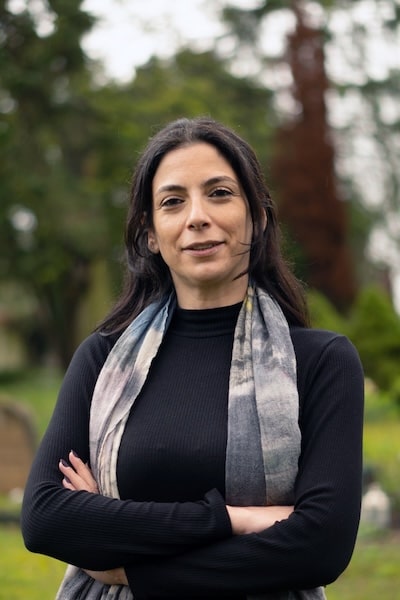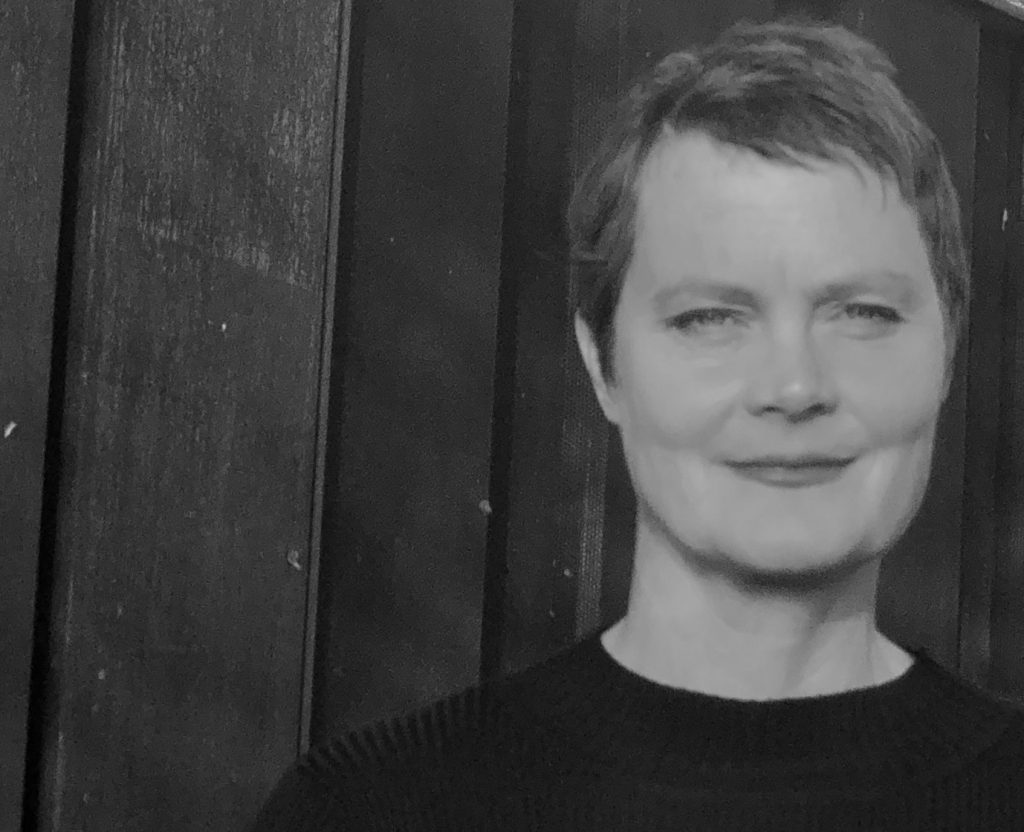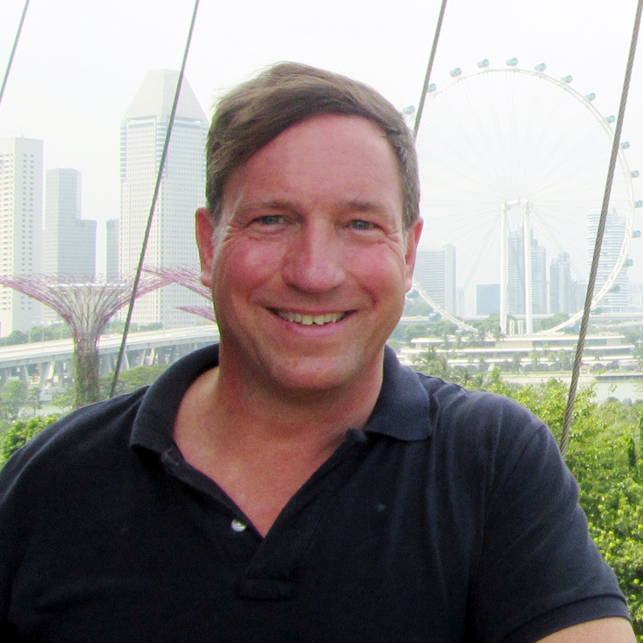
Natasha Reid is founder of MATTER SPACE SOUL, a progressive spatial design lab working at the intersection of architecture, urban design, art and the human sciences, such as environmental psychology and neuroscience. Prioritising human experience, emotion, empathy and equity, her “Compassionate Places” design method focuses on holistically addressing the human dimension of the built environment to better support people’s wellbeing. She often speaks at academic and industry conferences on innovation towards more human places and addressing pressing societal needs. She is an advocate for the power of design to create change that matters for people.
Natalia Olszewska: I’m really intrigued by the name of your studio, and that’s actually where I’d like to begin. Your studio’s name includes the word soul, which suggests an interest in the mind and deeper human experience. I’d love to explore that. How does an architect come to focus on the concept of soul? What do you mean by emphasizing this aspect in your work as an architect and designer?
Natasha Reid: Yes, it took me a while to come up with the name of my practice—Matter Space Soul.
One of the reasons I left traditional architectural practice and started working independently was to explore different disciplines and perspectives on space. About twelve years ago, I felt that the industry lacked a deep consideration of the human dimension in design. Even though I was working for an amazing, award-winning firm, I felt constrained by the wider industry’s approach.








